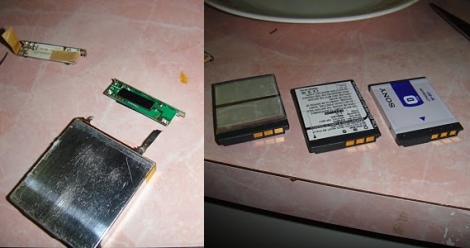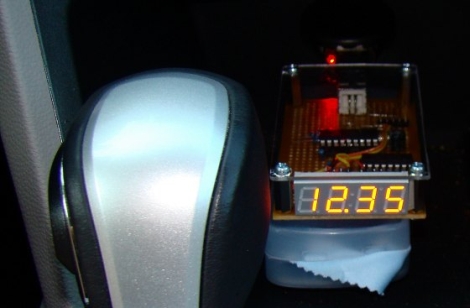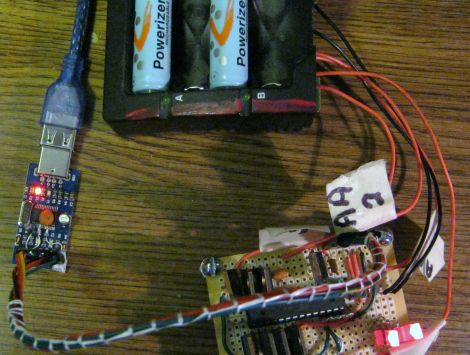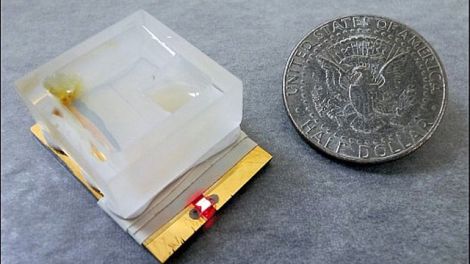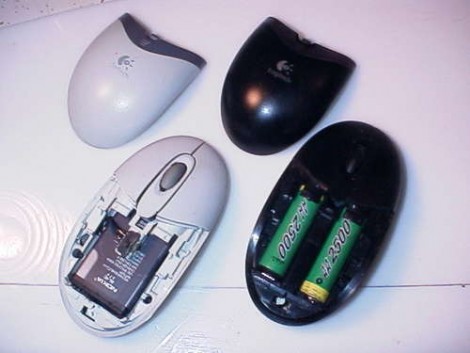
Here’s a little eye candy for motorcycle enthusiasts everywhere. This is the newest iteration of [Julian’s] electric motorcycle. He obviously knows what he’s doing because everything fits into the frame in a way that is still very pleasing to the eye. But this is actually slimmed down from the original design. If you take a look a back at some of his older posts you’ll see that the four relatively small lithium batteries are a new addition.
The frame was designed to hold four lead-acid batteries. Those things really take up a lot of space and add considerable weight to the vehicle. His recent upgrade was also accompanied by a re-gearing that allows him to reach higher speeds (although he doesn’t say what the top speed actually is). You can’t really see it above, but [Julian] included a wooden insert where the tank on a gasoline motorcycle would have been. It houses control switches as well as a 48V voltmeter. It’s a fantastic finishing touch like the cherry on a sundae.

